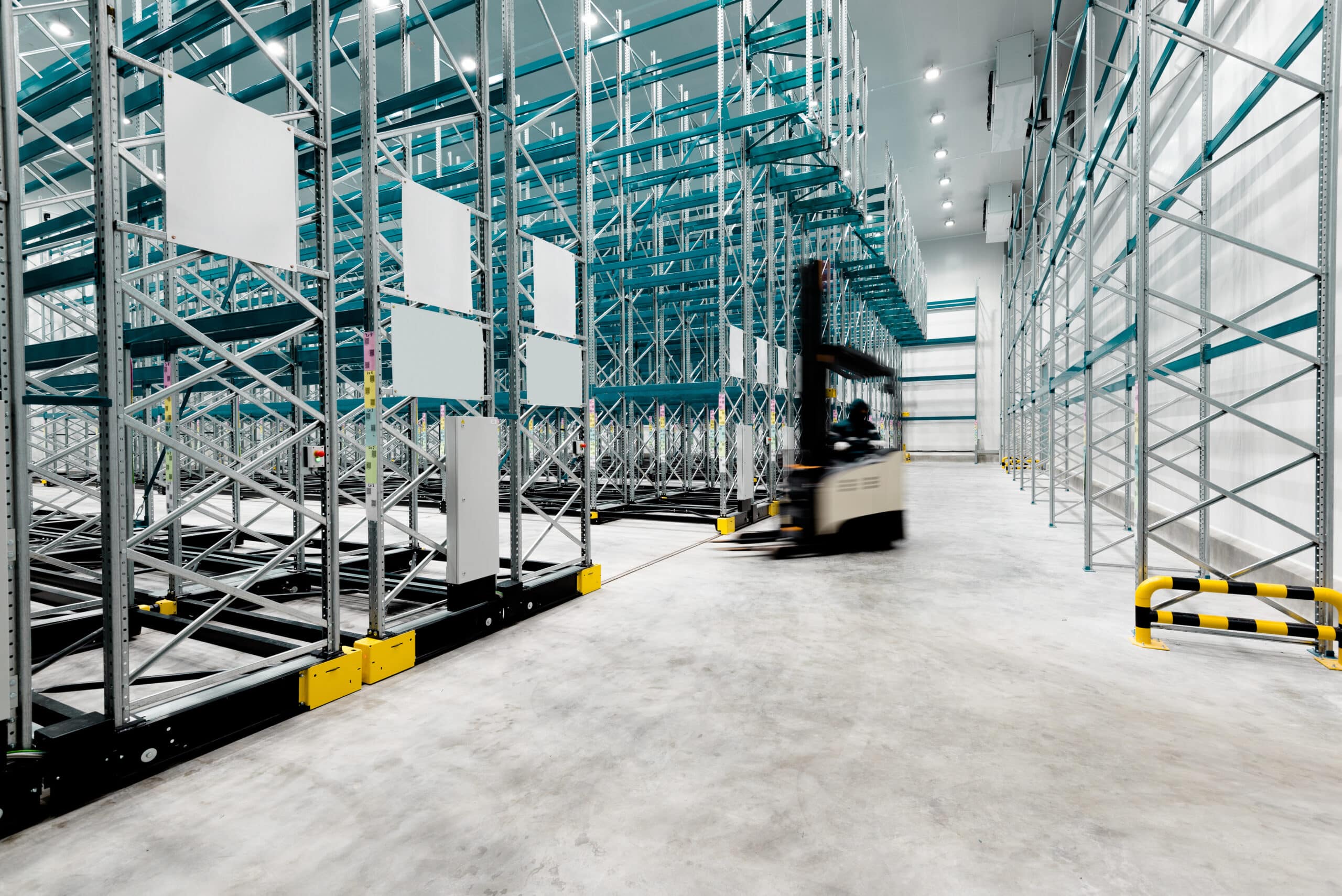
Car retail evolution post COVID-19
The automotive world has been profoundly affected by COVID-19, but even before the pandemic hit the sector was undergoing a transformation in how, where, and what cars consumers wanted to buy.
The 2021 Speedometer is a follow-up to OC&C’s 2019 report that tracks how trends in consumer attitudes, and behaviours towards vehicles and their mobility needs, have changed.
The report found marked shifts in consumer attitudes, and indications that much of this change will be permanent.
In particular, it identified new trends in the way consumers want to find and purchase their next car, with a clear preference towards online shopping emerging.
There has also been a notable gear shift in consumer attitudes towards electric vehicles (EV) and autonomous vehicle adoption.
More consumers opting for click-and-collect or home delivery
For years, consumers have been doing most of their research for cars online, before travelling to a dealer to confirm their specific choice and to complete the transaction.
The COVID-19 pandemic has helped accelerate the infiltration of online into the purchase journey, with more consumers looking to do more of their purchasing digitally, turning up at the dealer only to sign on the dotted line, or avoiding the physical premises entirely.
In 2021, one-in-four car buyers said they would be happy to fully transact online, and even more want to organise their finances online before going to a dealer.
Online sales of cars are set to grow significantly over the next six years, with the focus on younger used and on new cars.
This is both because the economics of online supply and delivery favour more expensive new vehicles, and because consumers are more risk averse when it comes to older vehicles.
The UK and US lead this trend in the West, with 27% of consumers happy to click and collect, while China continues to move further ahead of the pack when tracking global consumer preferences, with 55% of Chinese drivers being happy to purchase their next car “unseen”.
This shift poses an opportunity for retailers without physical premises to take volume from traditional dealers – and take ownership of the consumer.
Manufacturers, leasing companies, finance companies, online classified players and wannabe disruptors are likely to pile into this market before we see a shake down.
This will put significant pressure on those dealers without the scale or margin to invest in new capabilities and a seamless online experience – smaller franchise dealers will struggle more, particularly as they contend with the rise of EVs and franchise network reformation.
The introduction of new players and a new shopping experience also has the potential to disrupt after-sales specialists such as warranty, gap insurance, and others who currently sell through dealers.
Autonomous vehicles not expected before 2030
For the time being, fully autonomous vehicles have yet to grab the imagination of consumers.
This is largely a result of concerns over their safety. In Europe and the US, 70% of drivers say that autonomous vehicles should be at least five times safer than if a human was at the wheel.
Despite this scepticism, consumers are warming to the concept, with 60-70% indicating they are likely to use a fully autonomous car once they are established and concerns over safety have been eased.
In the UK, 13% of consumers have said they are likely to be an early adopter of autonomous vehicles, up from 9% in 2019. However, this still comfortably lags behind China, where 40% of consumers are open to early adoption.
Across the markets surveyed, young drivers and urban drivers are the two groups significantly more open to the idea.
Unfortunately for manufacturers, these are also the demographics that are least likely to be driving the long, simple journeys which best suit autonomous technology as it stands today.
When fully autonomous vehicles are eventually available and adopted, they will instigate significant change in the automotive market.
Between 30% and 40% of drivers report that they “would not mind” using a pool of autonomous cars rather than having their own, but any reduction in the car parc could be offset by an expected significant increase in miles driven.
For pool vehicles, service and maintenance will be controlled by original equipment manufacturers, leasing and taxi companies – particularly as the cars will neatly take themselves for maintenance overnight.
There has also been a notable gear shift in consumer attitudes towards electric vehicles (EV) and autonomous vehicle adoption.
More consumers opting for click-and-collect or home delivery
For years, consumers have been doing most of their research for cars online, before travelling to a dealer to confirm their specific choice and to complete the transaction.
The COVID-19 pandemic has helped accelerate the infiltration of online into the purchase journey, with more consumers looking to do more of their purchasing digitally, turning up at the dealer only to sign on the dotted line, or avoiding the physical premises entirely.
In 2021, one-in-four car buyers said they would be happy to fully transact online, and even more want to organise their finances online before going to a dealer.
Online sales of cars are set to grow significantly over the next six years, with the focus on younger used and on new cars.
This is both because the economics of online supply and delivery favour more expensive new vehicles, and because consumers are more risk averse when it comes to older vehicles.
The UK and US lead this trend in the West, with 27% of consumers happy to click and collect, while China continues to move further ahead of the pack when tracking global consumer preferences, with 55% of Chinese drivers being happy to purchase their next car “unseen”.
This shift poses an opportunity for retailers without physical premises to take volume from traditional dealers – and take ownership of the consumer.
Manufacturers, leasing companies, finance companies, online classified players and wannabe disruptors are likely to pile into this market before we see a shake down.
This will put significant pressure on those dealers without the scale or margin to invest in new capabilities and a seamless online experience – smaller franchise dealers will struggle more, particularly as they contend with the rise of EVs and franchise network reformation.
The introduction of new players and a new shopping experience also has the potential to disrupt after-sales specialists such as warranty, gap insurance, and others who currently sell through dealers.
Autonomous vehicles not expected before 2030
For the time being, fully autonomous vehicles have yet to grab the imagination of consumers.
This is largely a result of concerns over their safety. In Europe and the US, 70% of drivers say that autonomous vehicles should be at least five times safer than if a human was at the wheel.
Despite this scepticism, consumers are warming to the concept, with 60-70% indicating they are likely to use a fully autonomous car once they are established and concerns over safety have been eased.
In the UK, 13% of consumers have said they are likely to be an early adopter of autonomous vehicles, up from 9% in 2019. However, this still comfortably lags behind China, where 40% of consumers are open to early adoption.
Across the markets surveyed, young drivers and urban drivers are the two groups significantly more open to the idea.
Unfortunately for manufacturers, these are also the demographics that are least likely to be driving the long, simple journeys which best suit autonomous technology as it stands today.
When fully autonomous vehicles are eventually available and adopted, they will instigate significant change in the automotive market.
Between 30% and 40% of drivers report that they “would not mind” using a pool of autonomous cars rather than having their own, but any reduction in the car parc could be offset by an expected significant increase in miles driven.
For pool vehicles, service and maintenance will be controlled by original equipment manufacturers, leasing and taxi companies – particularly as the cars will neatly take themselves for maintenance overnight.
Recovery from the pandemic is just the start
Many of these shifts have been accelerated by the pandemic, but it would be wrong for businesses to assume the end of the pandemic means a return to the old world.
Key Contacts

Felicity Latcham
Associate Partner

Nic
Partner



